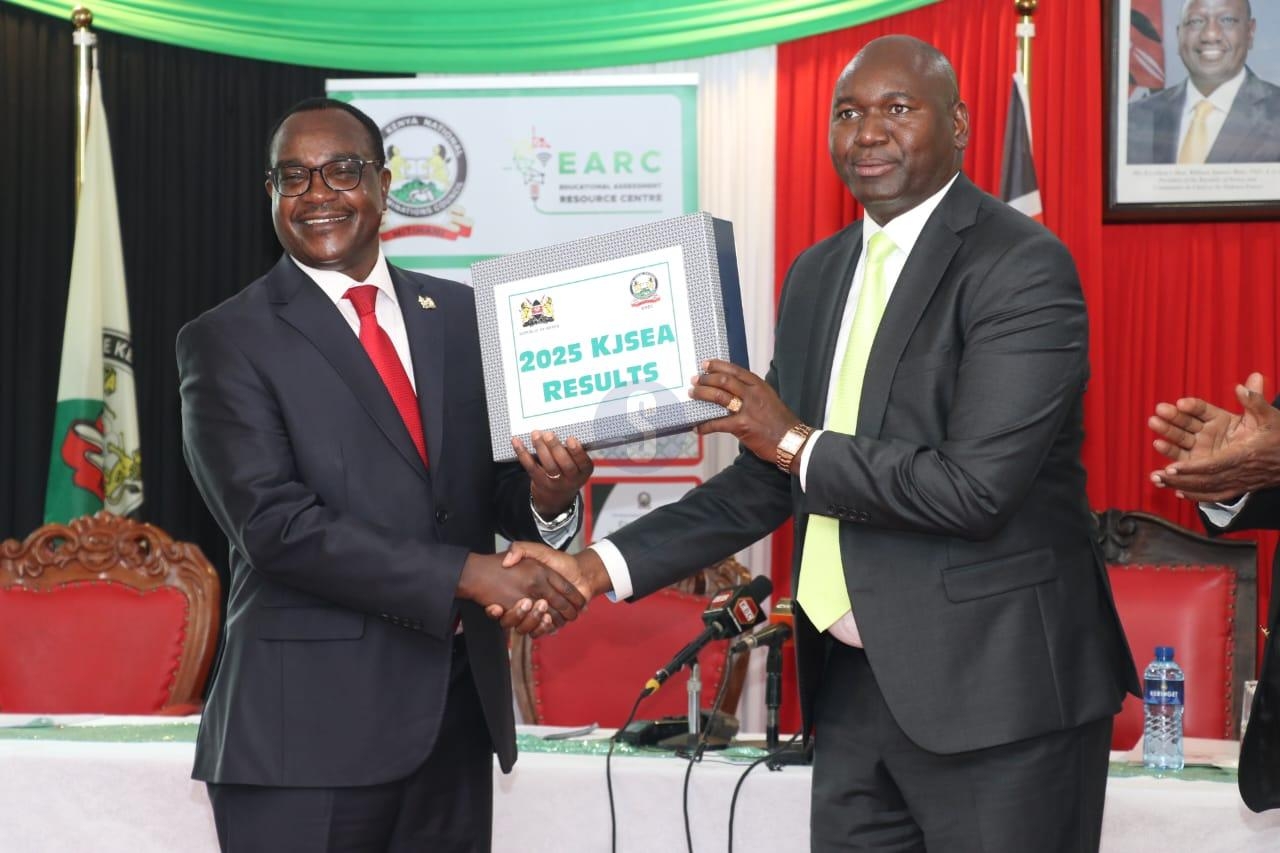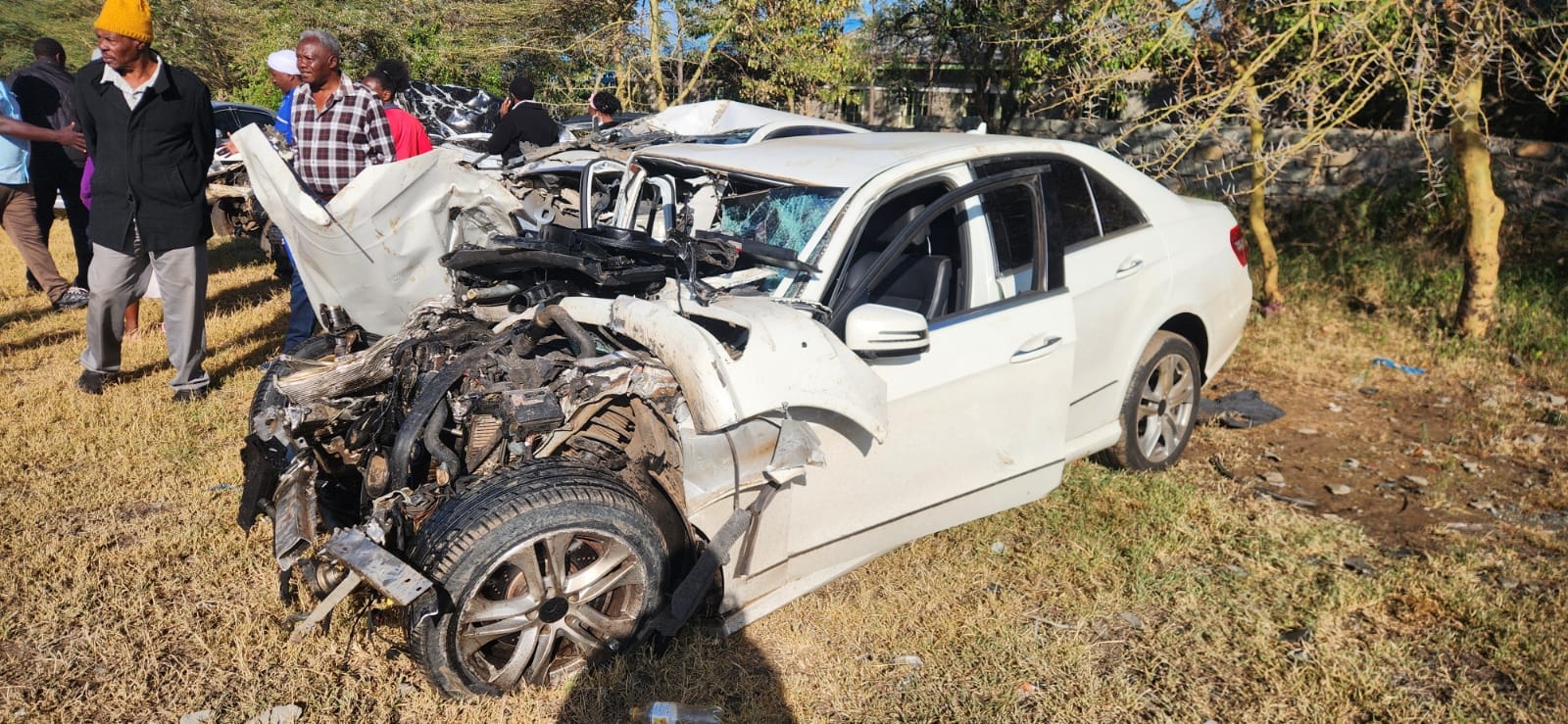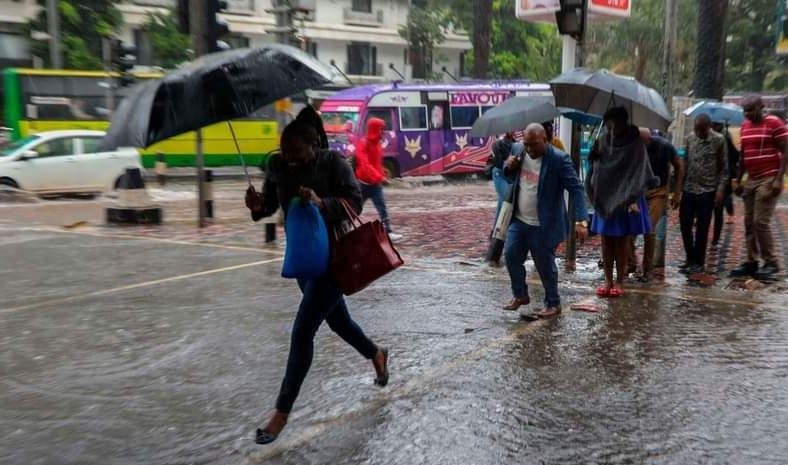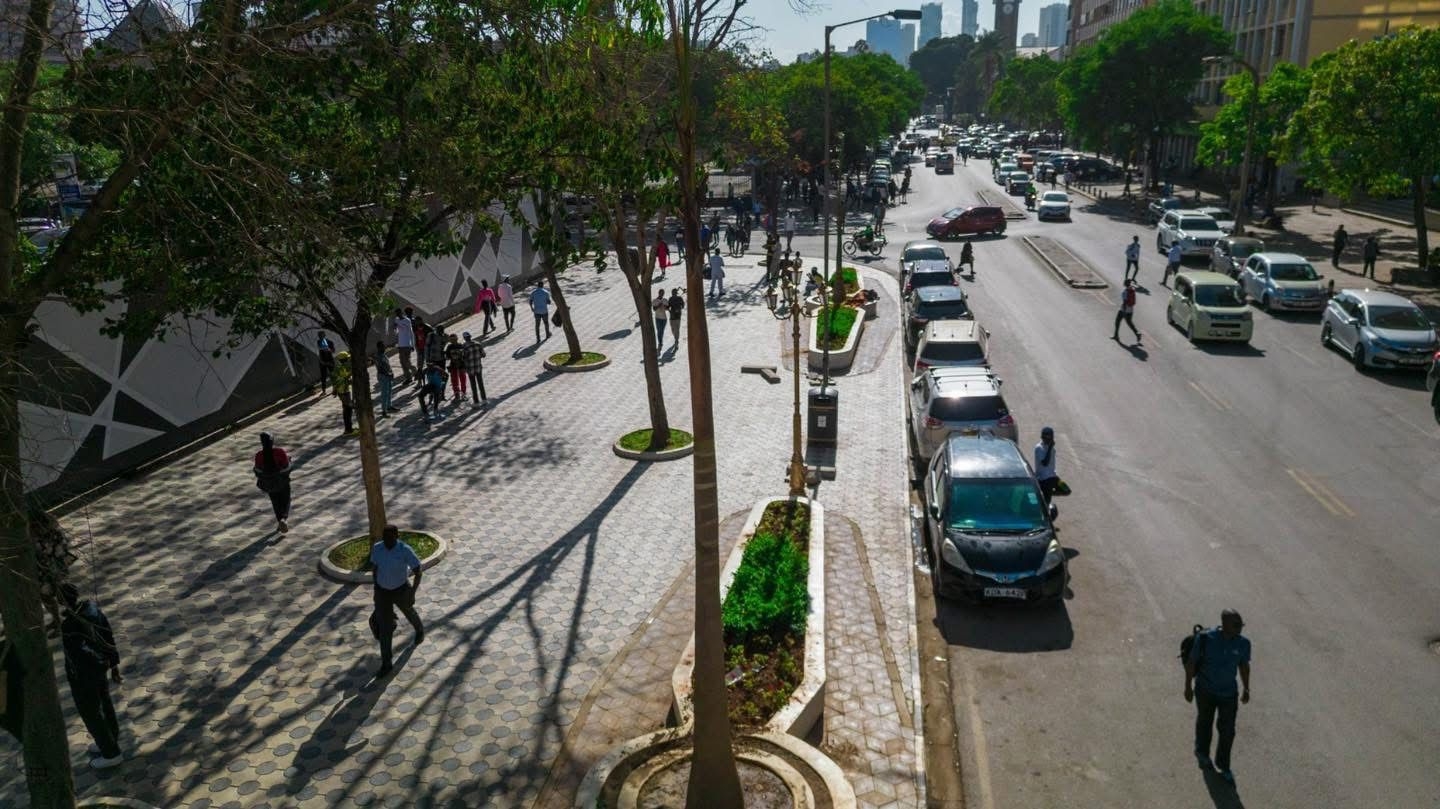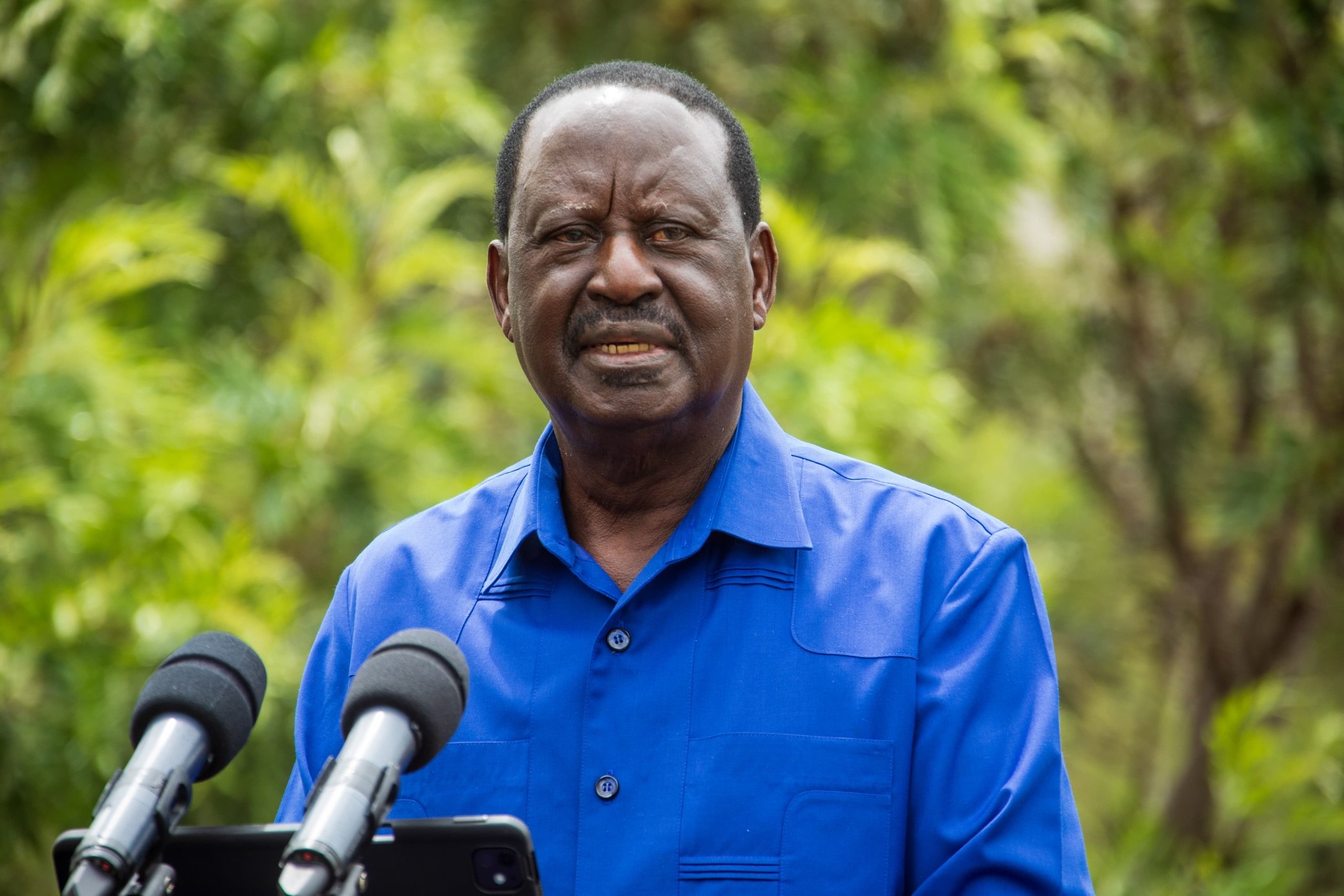
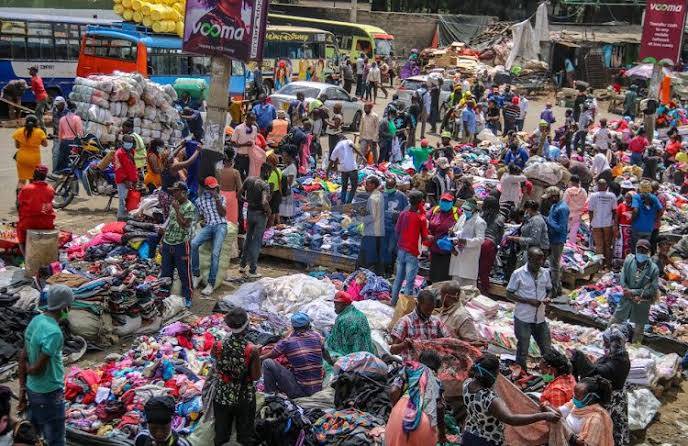
A
new study has dismissed claims that Kenya is a dumping ground for second-hand
clothing from Europe.
The
study by IVL Swedish Environmental Research Institute shows that Kenya’s
mitumba market is economically and environmentally beneficial.
It
was commissioned by Humana Lithuania and follows the movement of used clothes
from Sweden to Kenya.
The
study shows the clothes are sorted, graded, and shipped based on quality and
demand, not dumped as waste.
"Dumping
doesn’t make sense economically," said Orjan Osterdal, CEO of Humana
Lithuania. "Only marketable items are shipped."
Kenya’s
high import duties, around 40% of shipment value—make it costly to import
unusable clothing.
The
research shows no evidence of dumping. It established that clothes are
carefully sorted into over 400 categories before export.
In
2024, 38,000 tons of used clothes were sorted at Humana Lithuania’s facilities
in Vilnius and Oman. About 11,000 tons came from Sweden.
The
report found that only clean and wearable clothes are shipped to Kenya.
“This
is a working circular economy,” said Amanda Martvall, textile expert and
co-author. “It creates value at every stage.”
The
report shows that Kenya’s mitumba sector supports over 2 million jobs, many
held by women and youth.
It
also generates Sh12 billion in tax revenue annually and provides affordable
clothing to millions of households.
Baltic
Textile Trading (BTT) and Think Twice retail chains in Kenya were cited for
their strategic pricing and customer engagement.
The
study also highlights Kenya’s potential to become a regional sorting and
re-export hub for used clothes.
Mitumba
also supports sustainability by extending the lifespan of clothes and reducing
textile waste.
In
Europe, sorting is often done by social enterprises, with profits funding
humanitarian work in the Global South.
The
study urges governments to support the second-hand trade alongside local
textile production.
It
warns that restricting mitumba would harm jobs, raise clothing costs, and
increase textile waste in Europe.
Mathias
Gustavsson, a co-author, said Kenya’s role in Europe’s textile reuse system is
essential.
“Without
Kenya, more reusable clothes would be burned or dumped in Europe,” he said.
The
findings align with Kenya Vision 2030 and the African Union’s Agenda 2063,
which promote sustainable growth.
The
study calls for evidence-based policies that support both mitumba and local
manufacturing.
It
recommends clear import regulations, quality control standards, and
eco-friendly practices across the sector.
The
mitumba sector is not a threat to local textile manufacturing, the report
concludes.
Both
can co-exist, serve different markets, and contribute to job creation and
economic resilience.



